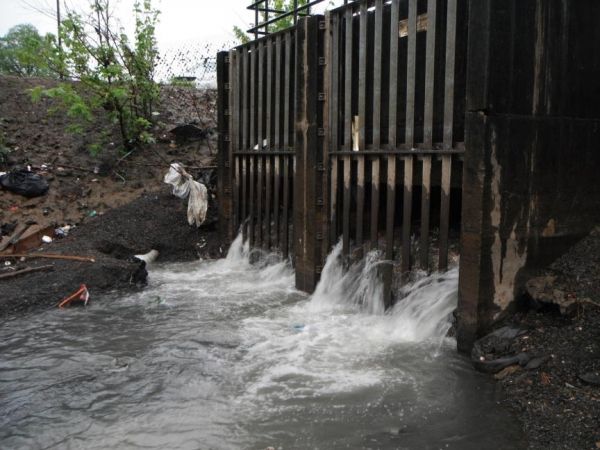Can antibiotic-resistant bacteria escape from sewers into waterways and cause a disease outbreak?
A new Rutgers study, published in the journal Environmental Science: Water Research & Technology, examined the microbe-laden “biofilms” that cling to sewer walls, and even built a simulated sewer to study the germs that survive within.
They found that these biofilms often contain harmful, antibiotic-resistant bacteria and can withstand standard treatment to disinfect sewers. Cleaning with bleach can reduce the density of biofilms but not entirely remove them, potentially leaving wastewater treatment workers and the public exposed to health risks.
Still, disinfecting a sewer line may be a good idea before sewer maintenance is done, especially following events such as a disease outbreak or bioterrorism incident that might expose sewer lines to high-risk microbes. Luckily, with respect to SARS-CoV-2, the coronavirus causing COVID-19, water and wastewater are not expected to be important transmission routes.
Read more at Rutgers University
Photo: A combined sewer overflow outfall. CREDIT: U.S. Environmental Protection Agency


